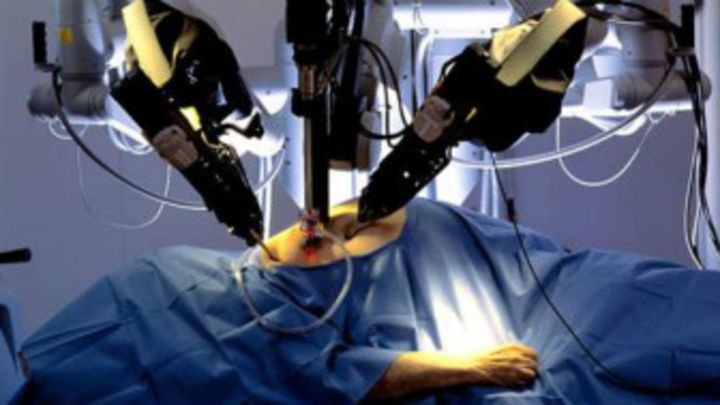Robotic Surgery, is one of the computer-assisted surgery, and robotically-assisted surgery using very small tools attached to a robotic arms. In this method the surgeon controls the robotic arm with a computer. Now-a-days, robotically-assisted surgery is developed to overcome the limitations of pre-existing minimally-invasive surgical procedures and to enhance the capabilities of surgeons performing open surgery.
Procedure followed by the surgeon during robotic surgery is the surgeon sits at a computer station and directs the movements of robotic arms. Small surgical tools are attached to the robot’s arms. The surgeon makes small cuts to insert the instruments into the body. A thin tube with a camera attached to the end of it (endoscope) allows the surgeon to view enlarged 3-D images of the body as the surgery is taking place.
Is Robotic Surgery Right for You? – You Need to Know Everything!!
The robot matches the doctor’s hand movements to perform the procedure using the tiny instruments.
Robotic surgery may be used for a number of different procedures, including: Coronary artery bypass, Cutting away cancer tissue from sensitive parts of the body such as blood vessels, nerves, or important body organs, Gallbladder removal, Hysterectomy, Hip replacement, Kidney transplant, Kidney removal, Mitral valve repair, Pyloroplasty, Pyeloplasty (surgery to correct ureteropelvic junction obstruction), Radical prostatectomy, Radical cystectomy, Tubal ligation, etc.
Robotic surgery has many different risks. The risks for any anesthesia and surgery include: Reactions to medicines, Bleeding, Infection, Breathing problems, etc.
Compared with other traditional approaches, robot-assisted surgery gives the surgeon better control over the surgical instruments and a better view of the surgical site. In addition, surgeons no longer have to stand throughout the surgery and do not tire as quickly. Naturally occurring hand tremors are filtered out by the robot’s computer software. Finally, the surgical robot can continuously be used by rotating surgery teams.
As surgeons become more familiar with using robots for surgery, and as more companies provide medical robots, there will come a day when robots are used in almost every hospital. However, this is still far off in the future.

